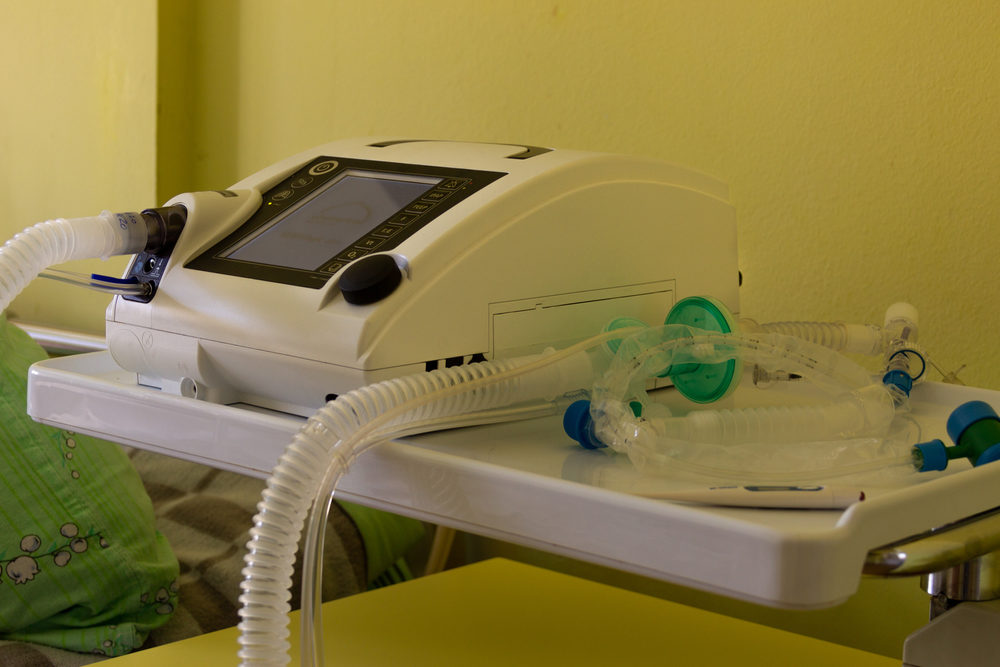
Two new lawsuits have hit Philips in recent weeks concerning its DreamStation CPAP machines. The first was filed by the makers of the SoClean CPAP cleaning device, and the second by a Pennsylvania woman who used the machine and is now concerned that it may have exposed her to dangerous toxins.
SoClean Claims Philips Trying to Blame Its Design Flaws on Ozone Cleaning
SoClean filed its lawsuit against Philips on October 12, 2021, in the U.S. District Court for the District of Massachusetts. The company claims that Philips is wrongly blaming the SoClean device for flaws associated with Philips’ recalled DreamStation CPAP machines.
Philips recalled these machines in June 2021 (after warning doctors about the issues months before). The company included its DreamStation CPAP, Bi-PAP, and ventilator machines in the recall, stating that the polyester-based polyurethane foam it chose to use for sound abatement could degrade into particles that would enter the device’s air pathway and be ingested or inhaled by the user.
The foam could also “off-gas certain chemicals” that could cause symptoms like headaches, respiratory irritation, nausea and vomiting, and toxic and carcinogenic effects.
Philips suggested that ozone cleaners could make the problem worse. In its recall update dated June 14, 2021, the company stated, “The foam degradation may be exacerbated by the use of unapproved cleaning methods, such as ozone…” Philips added a link to the FDA’s warning page about the potential risks of using ozone cleaners.
SoClean claims these statements by Philips were misleading and meant to “deflect blame to ozone cleaners after the product recall.” In a Q&A published on Philips’ website, the company referenced ozone cleaners at least nine times, suggesting they were somehow responsible for the issues that led to the recall.
The plaintiff goes on to state that the “true reason for Philips’ product recall was its own glaring design flaw. Philips chose material for sound abatement—polyester-based polyurethane foam—known to degrade in the presence of heat and humidity….Also, by Philips’ own admission, polyester-based foam off-gasses harmful chemicals right out of the box.”
SoClean adds that ozone gas is “widely recognized in peer-reviewed scientific literature as one of the safest biocides for humans…” The company brings counts of unfair competition, tortious interference with business relationships, commercial disparagement, and more, stating that its sales have plummeted because of Philips’ actions.
Pennsylvania Woman Seeks to Represent All Who Purchased a Philips Machine
Meanwhile, individuals who used Philips’ breathing devices for years before the recall continue to file new lawsuits against the company. A Pennsylvania woman recently joined the litigation, filing her Philips class-action lawsuit in the U.S. District Court for the Western District of Pennsylvania.
She claims that Philips knew about the risks associated with its foam long before the recall, as patients using the machines have complained about black particles in those machines for years. Yet the company failed to warn patients until recently.
The plaintiff claims that she used her DreamStation machine every day, but now that Philips has implemented the recall, has no readily available alternative since Philips has not provided a free repair or replacement as of this time. She seeks to represent all persons in Pennsylvania and the U.S. who purchased a now-recalled Philips device for personal use.

Exclusively focused on representing plaintiffs—especially in mass tort litigation—Roopal Luhana prides herself on providing unsurpassed professional legal services in pursuit of the specific goals of her clients and their families. While she handles complex cases nationwide on behalf of consumers, Ms. Luhana resides with her family in Brooklyn, New York.











One Comment
Marilyn Lansberry
I have and a Res Med 10 Air Sense auto-set CPAP machine. When I received my replacements, they did not send the water container that my SoClean attaches to. I was told that the warranty for my machine would not be good, if I used SoClean. I have had my SoClean for a year and have not had any problems. What am I supposed to do? Not use the SoClean, and if not will I get some kind of re-imbursement?
Comments for this article are closed.